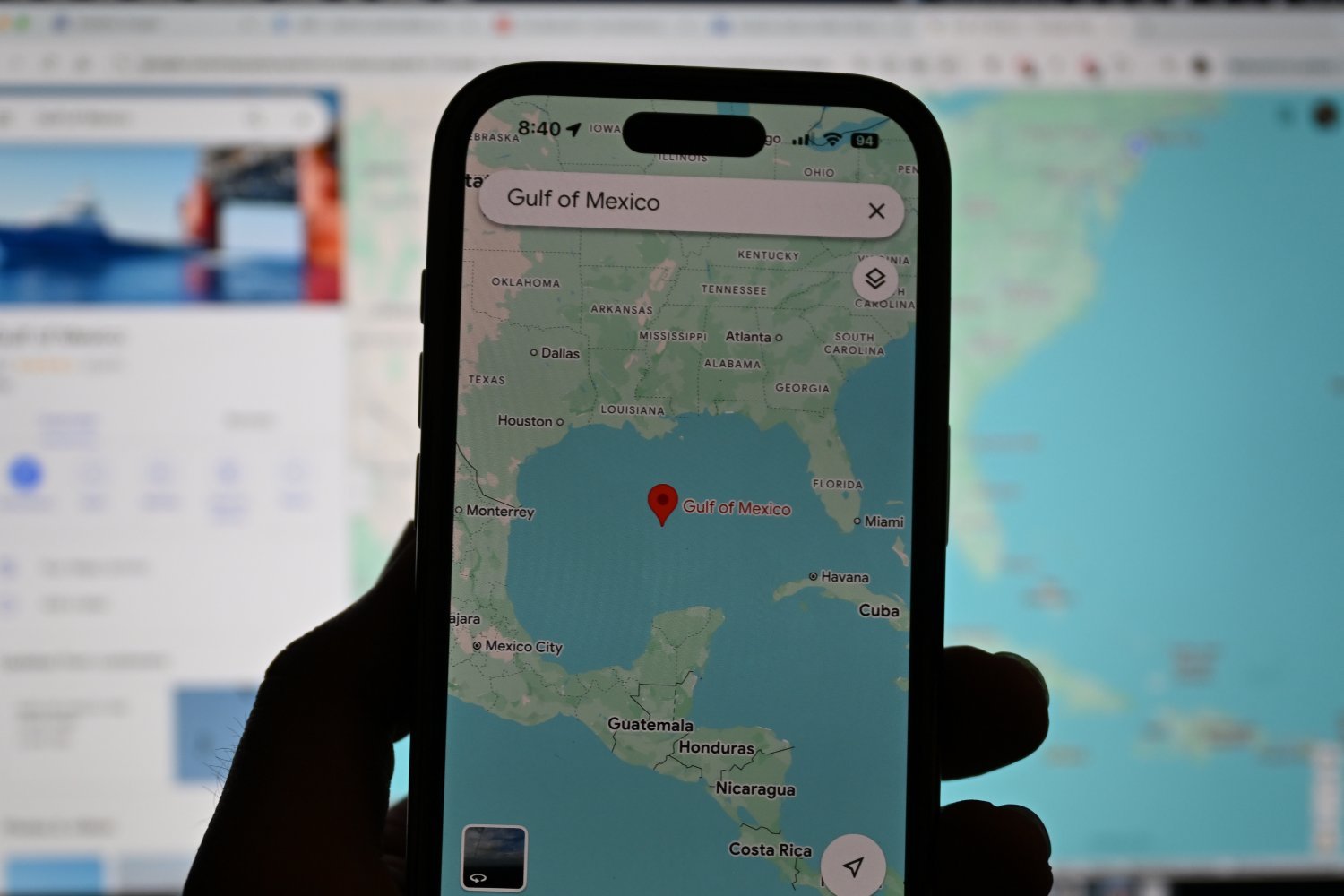After President Trump issued an executive order to rename the Gulf of Mexico to the “Gulf of America,” numerous individuals online promptly pointed out that the body of water overlaps with the territorial waters of neighboring countries, Mexico and Cuba. Consequently, it was argued that the United States should not have the sole authority to dictate its name. Now, Mexican President Claudia Sheinbaum is threatening to sue Google unless the company changes the boundaries and reinstates the “Gulf of Mexico” label for areas outside the U.S. maritime territory.
Currently, users accessing Google Maps from the United States see the label “Gulf of America,” while those in Mexico still see “Gulf of Mexico,” and the rest of the world sees both names displayed side by side. Sheinbaum’s argument is based on the United Nations Convention on the Law of the Sea, which limits a nation’s sovereign territory to 12 nautical miles off its coastline. Therefore, she claims that only this 12-mile area should be labeled as “Gulf of America,” regardless of the user’s location. However, President Trump’s withdrawal of the United States from international governing bodies means this argument is likely to fall on deaf ears.
Sheinbaum has been outspoken about the Gulf of Mexico issue and used a recent news conference to announce that Mexico has threatened Google with legal action if the company does not make the necessary changes. Google has responded by stating that the change to “Gulf of America” was “consistent with our standard operating procedure to reflect geographic names prescribed by different authoritative government sources, including instances where authoritative sources may differ.” Google has previously complied with similar requests, such as renaming Alaska’s Mount Denali to Mount McKinley, despite local opposition. However, this mountain is located on U.S. federal land, which made it more susceptible to President Trump’s influence.
Google has established protocols for handling territorial disputes, such as the case of Kashmir, a region in northwest India disputed by India, Pakistan, and China. Users in these countries see different boundaries reflected on Google Maps. Perhaps Canada could demand that Google rename the area the “Gulf of Canada” and observe how Trump reacts. The situation highlights the complexities of navigating geopolitical issues in the digital age.
The Trump administration has taken steps to enforce the name change, including barring the Associated Press from press gatherings for continuing to use the term “Gulf of Mexico.” The AP, as an international wire service, maintains that it uses the name most consistent with global standards. This move by President Trump can be seen as a test of loyalty, separating those who comply with his demands from those who resist.
The display of the name on Google Maps may not be significant in isolation, but it has broader implications for the exercise of power and the willingness of companies like Google and Meta to acquiesce to Trump’s demands. It is reassuring to see Mexico’s president pushing back against such power moves, even if it is unlikely to result in significant changes. The incident highlights the ongoing struggle between national sovereignty and global standards in the digital era.
Source Link





